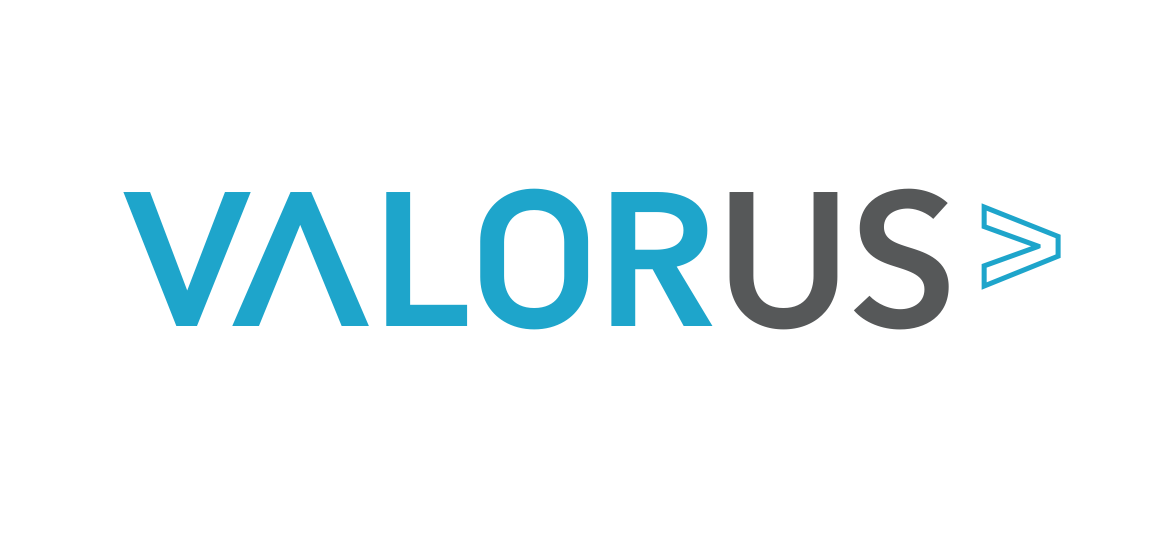The problem is clear: Sexual abuse of children is much too common. 1 in 4 girls and 1 in 13 boys experience child sexual abuse at some point in childhood. The solution is also clear: we must invest in strategies to prevent child sexual abuse.
 Yet our nation’s investments have focused primarily on how to respond after child sexual violence has taken place. Elizabeth Letourneau wrote that “[a] successful national approach would comprehensively address all child sexual abuse by emphasizing primary prevention as well as treatment and accountability” in her September 2019 article We spend billions after child sexual abuse happens and nothing to prevent it. Letourneau and colleagues have done valuable work documenting a cost of $9.3 billion in 2015 for child sexual abuse in this country. And that is likely an undercount.
Yet our nation’s investments have focused primarily on how to respond after child sexual violence has taken place. Elizabeth Letourneau wrote that “[a] successful national approach would comprehensively address all child sexual abuse by emphasizing primary prevention as well as treatment and accountability” in her September 2019 article We spend billions after child sexual abuse happens and nothing to prevent it. Letourneau and colleagues have done valuable work documenting a cost of $9.3 billion in 2015 for child sexual abuse in this country. And that is likely an undercount.
Subsequently Congress added an $1 million appropriation in Fiscal Year 2019 to support the Centers for Disease Control and Prevention (CDC) to address the prevention of child sexual abuse. In the short document Child Sexual Abuse is Preventable and in a longer report to Congress on child sexual abuse prevention CDC recommends the following areas in which research in preventing child sexual abuse is needed:
- Improve surveillance systems and data collection
- Increase understanding of risk and protective factor
- Strengthen and develop evidence-based policies, programs, and practices
- Disseminate and implement evidence-based policies, programs, and practices
Aligned with those recommendations, CALCASA’s national project PreventConnect has shared the policies, programs and practices that are promising toward preventing child sexual abuse. In over 30 web conferences (from the #PowerInPrevention series funded by Ms. Foundation for Women in 2012-2015 to web conferences featuring the Just Beginnings Collaborative in 2019) we have featured the voices of those doing child sexual abuse prevention work in their communities. You can see the materials and recordings of those web conferences in the list below.
Along with the new child sexual abuse prevention funding, there are other exciting new prevention efforts. The CDC Foundation recently announced that it is updating the valuable 2007 report Preventing Child Sexual Abuse Within Youth-serving Organizations: Getting Started on Policies and Procedures. PreventConnect developed an ELearning Model Considerations in Developing Child Sexual Abuse Prevention Policies in Youth-Serving Organizations that provide examples of child sexual abuse prevention policies from this report. In addition, PreventConnect works with the national organization RALIANCE to support its prevention work. Check out RALIANCE Sport + Prevention Center and Parent 2 Parent resource pages for more examples of child sexual abuse prevention in action.
PreventConnect will continue to amplify the voices for child sexual violence prevention. Please share with us what you are doing to build a society where no child is sexually abused.
Here is a comprehensive list of PreventConnect web conferences on child sexual abuse
2018-2019
- Changing the Culture of Schools, Churches, and Communities to Prevent Child Sexual Abuse: Lessons Learned from the Just Beginnings Collaborative
- Adult Survivors as Movement Leaders: Lessons Learned from the Just Beginnings Collaborative
- Mobilizing & Organizing Communities to End Child Sexual Abuse: Lessons Learned from the Just Beginnings Collaborative
2017-2018
- #PowerInPrevention Ending Child Sexual Abuse: Building Resilience and Preventing Child Sexual Abuse
- #PowerInPrevention Ending Child Sexual Abuse: Updates on Child Sexual Abuse Prevention with Elementary School Ages
2016-2017
- Survivor Leadership: It’s Relevance to Child Sexual Abuse Prevention
- Prevention through Understanding and Addressing Sexual Behavior of Children
- A Practical View of the Role that Youth Serving Organizations Can Play in Preventing Child Sexual Abuse
- The Sexual Abuse to Prison Pipeline
- Expected and unexpected funding partnerships to prevent child sexual abuse
- Technology Strategies for Ending Child Sexual Exploitation
2014-2015
- Unique Opportunities for Child Sexual Abuse Prevention: Learning from Migrant Farmworker Communities
- Child Sexual Abuse Prevention at the Intersections: Commercial Sexual Exploitation of Children
- Restorative Justice: A Promising Approach to Ending Child Sexual Abuse
- Preventing the Harm, Promoting the Helpful: Healthy Sexuality
- Bridging Knowledge in Child Sexual Abuse Prevention: Promising Practices in Indigenous Communities
- Pillars of Policy for Child Sexual Abuse Prevention: A Discussion
2013-2014
- Faith Communities Engaged in Ending Child Sexual Abuse
- Secret Survivor’s Tools for Strengthening your Prevention Efforts
- Power of Organizational Practices: Innovations to Keep Kids Safer
- Statute of Limitations and its Connection to Prevention
- Child Sexual Abuse and Disabilities
- Telling our Stories: Learning as we Build a Movement to end Child Sexual Abuse
2012-2013
- Including Child Sexual Abuse in the Sexual Violence Prevention Movement
- Using Media to End Child Sexual Abuse
- Preventing the Perpetration of Child Sexual Abuse
- Voices of Experience: the role of direct experiences in social change
- Healthy Sexuality and Caring Connections: Foundations for Prevention
- The Role of Arts in Ending Child Sexual Abuse
- Depictions of children in media and pornography: Implications for prevention
- After Sandusky: What we have learned to prevent child sexual abuse in youth-serving organizations
- Policy changes that help and hinder our ability to end child sexual abuse


